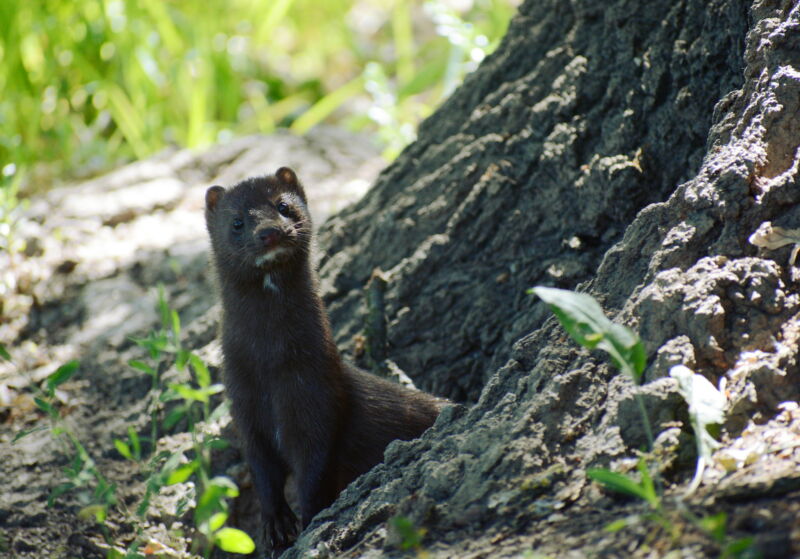-
 chevron_right
chevron_right
SARS-CoV-2’s spread to wild mink not yet a reason to panic
John Timmer · news.movim.eu / ArsTechnica · Tuesday, 22 December, 2020 - 19:38 · 1 minute

Enlarge (credit: Eric Sonstroem / Flickr )
Did anyone have "mink farms" on their 2020 catastrophe bingo cards? It turns out that the SARS-CoV-2 virus readily spreads to mink, leading to outbreaks on mink farms in Europe and the United States . Denmark responded by culling its entire mink population, which naturally went wrong as mink bodies began resurfacing from their mass graves, forcing the country to rebury them . Because 2020 didn't seem apocalyptic enough.
More seriously, health authorities are carefully monitoring things like mink farms because the spread of the virus to our domesticated animals raises two risks. One is that the virus will be under different evolutionary selection in these animals, producing mutant strains that then pose different risks if they transfer back to humans. So far, fortunately, that seems not to be happening . The second risk is that these animals will provide a reservoir from which the virus can spread back to humans, circumventing pandemic control focused on human interactions.
Heightening those worries, mid-December saw a report that the US Department of Agriculture had found a wild mink near a mink farm that had picked up the virus, presumably from its domesticated peers. Fortunately, so far at least, the transfer to wild populations seems very limited.

